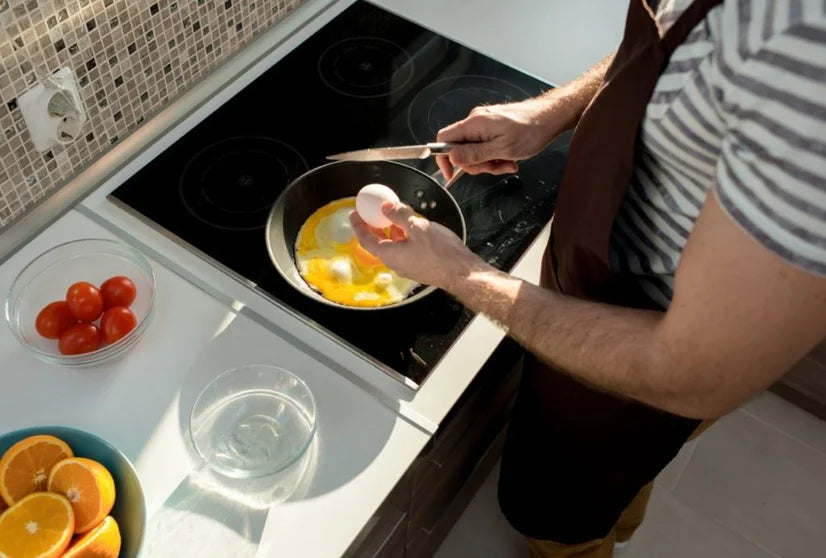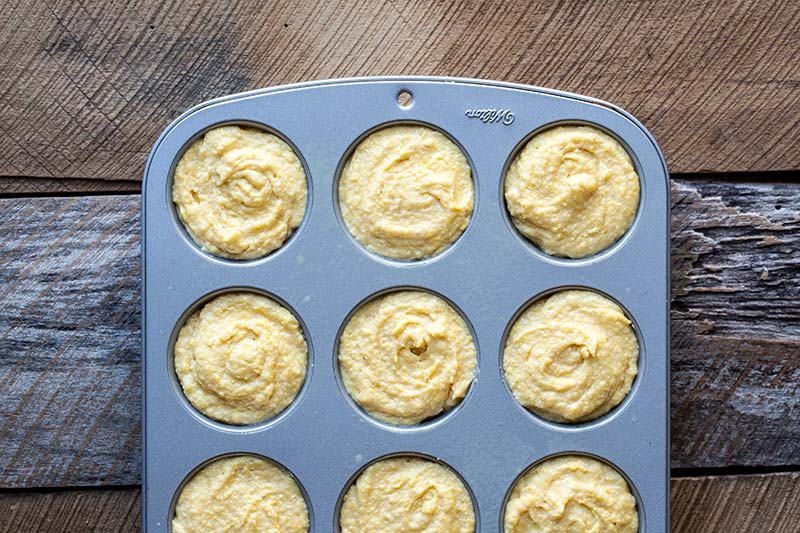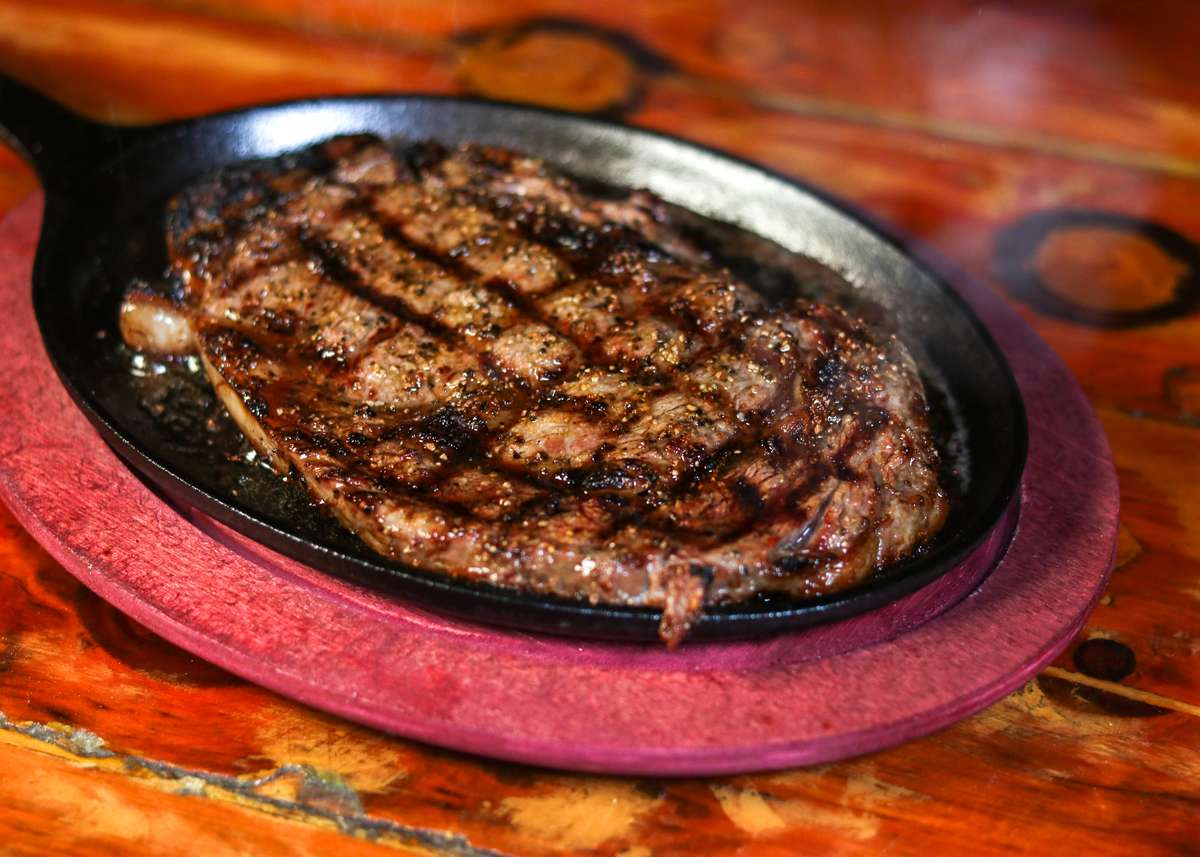As a kitchen professional, you're likely familiar with the nuances of using various cookware. However, one common issue that might arise is the problem of cast iron skillets slipping on induction cooktops. Understanding how to prevent cast iron from slipping on induction can mean the difference between a seamless cooking experience and a frustrating one. Lets delve into the reasons why cast iron might slip and explore effective solutions, ensuring you maintain safety and efficiency in your kitchen.

The Science Behind Induction Cooking
Before diving into solutions, its important to grasp the basics of induction cooking. Induction cooktops use electromagnetic fields to heat pots and pans directly. This method is not only energy-efficient but also offers precise temperature control. However, for induction to work effectively, the cookware must have a magnetic base and maintain good contact with the cooktop.
Cast iron is generally compatible with induction because of its magnetic properties. Yet, the weight and surface texture of cast iron can sometimes lead to slipping, particularly if the surface is smooth or slightly uneven. Understanding these dynamics can aid in addressing the slipping issue.
Why Does Cast Iron Slip?
The slipping of cast iron on induction cooktops can be attributed to several factors:
- Smooth Cooktop Surface: Induction surfaces are typically smooth, which can cause heavier cookware like cast iron to slip.
- Uneven Cookware Base: If the bottom of the cast iron pan is not perfectly flat, it might not make full contact with the cooktop, leading to instability.
- Moisture and Grease: Any moisture or grease on the cooktop or the pan's base can act as a lubricant, increasing the risk of slipping.
Preventive Measures for Slip-Free Cooking
Ensure a Clean, Dry Surface
One of the simplest yet most effective ways to prevent slipping is to ensure both the cooktop and the base of your cast iron pan are clean and dry. Any moisture or residue can lead to slippage. Regular cleaning not only prevents slipping but also maintains the longevity of both the cooktop and the cookware.
Use a Silicone Mat
Placing a thin silicone mat between the cooktop and the pan can reduce slipping. These mats are designed to withstand high temperatures and offer additional grip. Ensure the mat is induction-compatible and approved for use with such cooktops.
Check Cookware Base
Regularly inspect the base of your cast iron pan for any warping or unevenness. A flat base ensures better contact with the cooktop, reducing the likelihood of slipping. If you notice any issues, consider sanding the base or consulting a professional to address the problem.
Invest in Quality Cookware
Investing in high-quality cast iron cookware can make a significant difference. Brands that specialize in induction-compatible cast iron often design their pans with optimized bases for better stability. For more information on how cast iron works on induction, you can explore further insights.
Additional Tips for Kitchen Professionals
As someone who spends considerable time in the kitchen, integrating these practices can enhance your cooking experience:
- Regular Maintenance: Periodic maintenance of both your cooktop and cookware ensures they remain in optimal condition.
- Experiment with Different Brands: Not all cast iron is created equal. Experimenting with different brands can help you find the one that offers the best grip and performance on your induction cooktop.
- Stay Informed: Continuous learning and staying updated with the latest trends and tips can greatly benefit your cooking endeavors. Check out our insights on sizzling vegetarian protein recipes for inspiration.

FAQs
1. Can all cast iron cookware be used on induction cooktops?
Yes, most cast iron cookware is compatible with induction cooktops due to its magnetic properties. However, ensuring the base is flat and even is essential for optimal performance.
2. Are silicone mats safe for induction cooking?
Silicone mats designed for high-heat cooking are safe for use on induction cooktops. They offer additional grip and can prevent cookware from slipping.
3. How can I tell if my cast iron pan is induction-ready?
A simple test is to see if a magnet sticks to the base of the pan. If it does, your pan is induction-ready. For more detailed guidance, refer to our article on how to tell if cast iron works on induction.
By following these guidelines, you can ensure that your cast iron cookware performs brilliantly on induction cooktops, allowing you to focus on crafting culinary masterpieces without the worry of slipping pans. For more insights, the Lodge Cast Iron blog offers additional tips and tricks for induction cooking enthusiasts.






Leave a comment
This site is protected by hCaptcha and the hCaptcha Privacy Policy and Terms of Service apply.